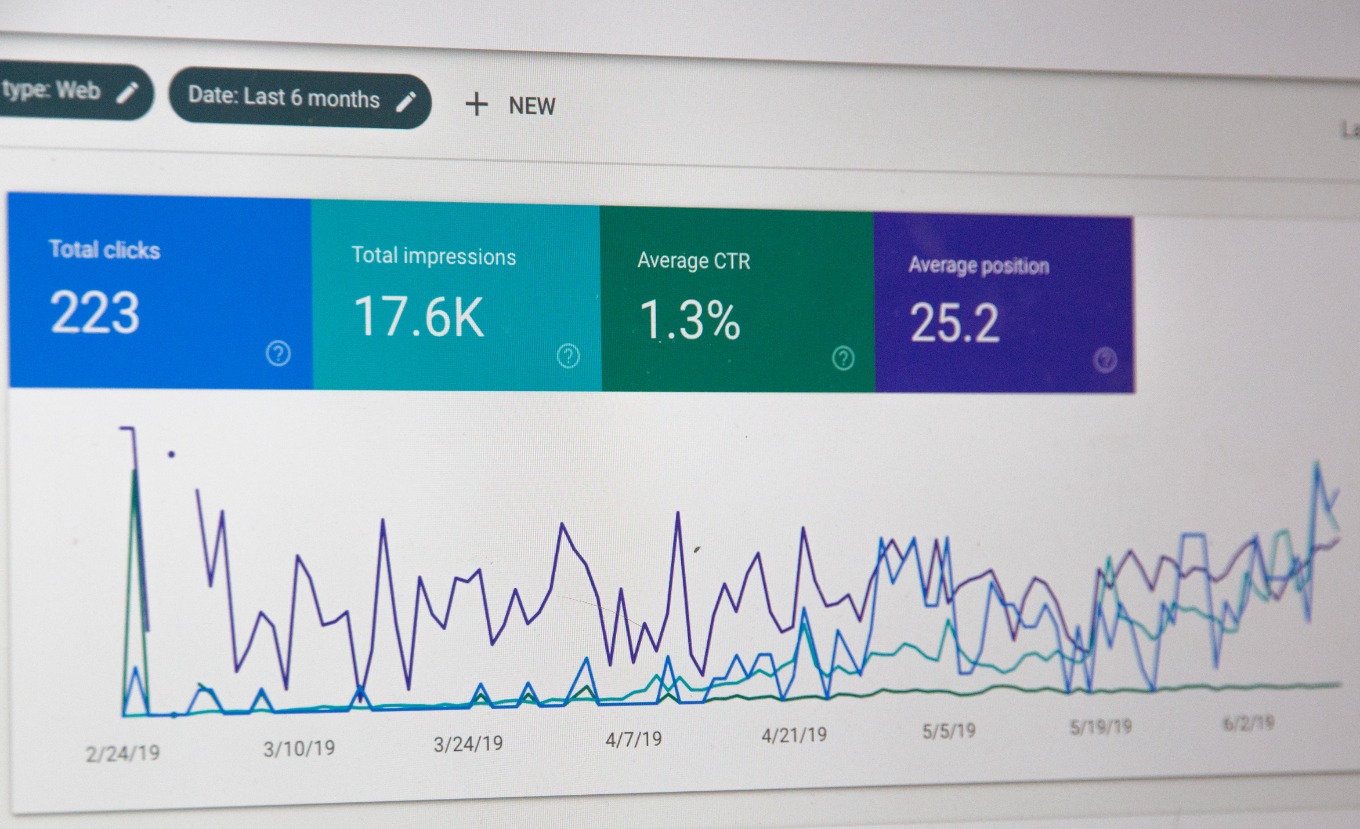Dermatology Industry Report: Key Findings and Insights for Skin Care Professionals
The dermatology industry is a fascinating landscape with an ever-evolving array of trends, technologies, and insights that shape its trajectory. A comprehensive review of recent industry reports unveils rich data and critical analyses that provide a more nuanced understanding of this complex field. In this post, we delve deeper into these findings, and discern how they could potentially impact skincare professionals.
In an epoch dominated by the Anthropocene and its associated human impact on the environment, dermatologists find themselves ensconced in a unique intersection of science, technology, and aesthetics. The topography of the dermatology sector is a dynamo of intermingling trends, each forging novel pathways that compel us to reevaluate traditional methodologies and paradigms.
One of the most prominent trends in the current dermatology landscape is the increasing utilization of artificial intelligence (AI). AI is a broad term that refers to the simulation of human intelligence processes by machines, especially computer systems. In dermatology, AI is being harnessed to increase the accuracy and efficiency of skin condition diagnoses. By training machine learning algorithms on vast datasets of skin images, AI can now match or even surpass human dermatologists in diagnostic accuracy for conditions like skin cancer.
This is not to say that AI is without its limitations or potential drawbacks. The dichotomy between the high potential and inherent caveats of AI is emblematic of the concept of trade-offs, a fundamental principle in economics that refers to the idea that every decision has an opportunity cost. The adoption of AI in dermatology, although promising, also bears the opportunity cost of potential job displacement and ethical concerns surrounding data privacy.
Another salient trend influencing the dermatology industry is the growing emphasis on holistic and preventive skincare. This trend is largely driven by changing consumer preferences and a deeper understanding of the complex interplay between overall health and skincare. Holistic skincare takes into account factors such as diet, sleep, stress, and lifestyle, and is anchored in the belief that skin health is a reflection of overall body health.
This shift towards preventive skincare is also reshaping the dermatological therapeutics market. Traditional therapeutics like topical creams and systemic treatments are being superseded by novel interventions such as biologics, which involve the use of living organisms to treat skin conditions. The rise of biologics showcases the principle of creative destruction, a concept coined by economist Joseph Schumpeter to describe the incessant product and process innovation mechanism by which new production units replace outdated ones.
In conclusion, the dermatology industry is an intriguing microcosm of broader trends and innovations across the medical and technological sectors. The growth of AI and the shift towards holistic and preventive skincare represent significant industry shifts that skincare professionals should be cognizant of. These trends not only exemplify the dynamism and complexity of the dermatology industry but also serve as a testament to the industry's resilience and adaptability in the face of shifting trends and emergent technologies. Dermatology, much like the skin it studies, continues to evolve and adapt, offering a myriad of opportunities for those involved in this fascinating field.
In dermatology, AI is being harnessed to increase the accuracy and efficiency of skin condition diagnoses, with the potential to match or even surpass human dermatologists in diagnostic accuracy for conditions like skin cancer.






